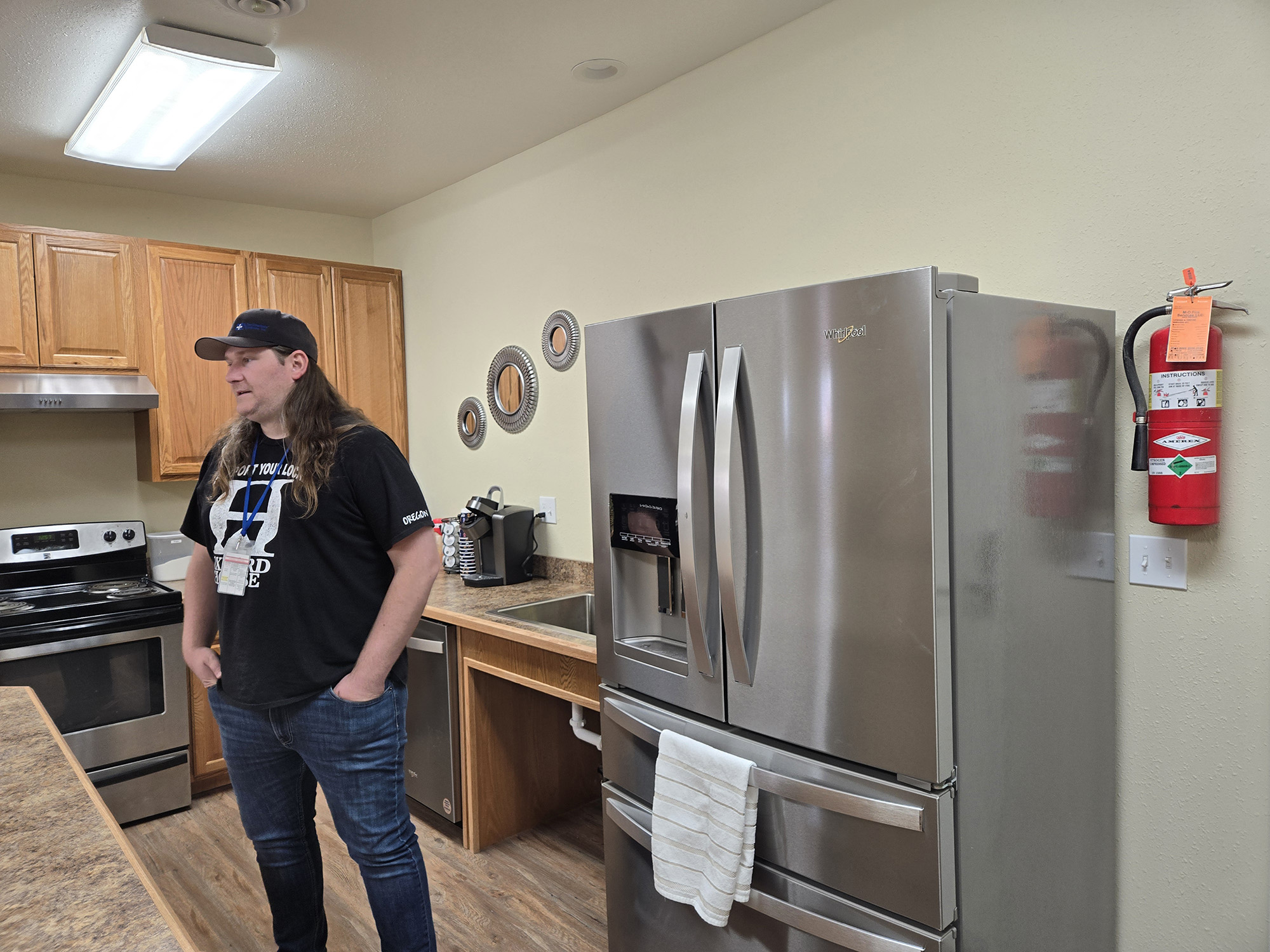Legislature should fund pretrial resources for safer, more-informed release decisions
Published 3:21 pm Wednesday, May 10, 2023

- Hill
The 2021 Legislature profoundly changed Oregon’s criminal pre-arraignment release process. Under Senate Bill 48, defendants can no longer get out of jail, before seeing a judge, by simply paying cash bail. Defendants now remain in custody until a judge reviews the case or a local judicial order that considers both the crime charged and the defendant’s past criminal history authorizes release.
Some courts also have Release Assistance Officers (RAOs) who verify information to better inform judges’ release decisions and monitor compliance with release conditions. We believe this new pretrial release system is fairer and more efficient than the old system and significantly improves public safety in our communities. We urge the legislature to continue funding the Oregon Judicial Department’s implementation of this program.
The old pretrial release system’s flaws are easily demonstrated by considering an example of two people charged with driving under the influence of intoxicants (DUII). Before SB 48, most counties had bail schedules that let people pay to get out of jail before seeing a judge. The amount of bail was based solely on the crime charged.
For example, in Polk and Baker counties, defendants who posted the standard bail of approximately $1,000 for DUIIs were automatically released from jail without seeing a judge. But defendants without $1,000 remained in jail until they were arraigned by a judge, typically the next judicial day. At arraignment, the judge decided whether they were released and the conditions of any release. The judge could also increase or decrease bail after considering the defendant’s dangerousness and likelihood of returning to court.
The old system’s unfairness and inefficiency is self-evident. Both defendants are considered innocent until proven guilty. But one is immediately released from jail, regardless of the danger they might pose to the community or their likelihood of returning to court, while the other stays in jail until they see a judge.
Using the ability to pay as the only criteria for immediate release creates perverse circumstances where drivers with multiple DUII arrests might be treated the same as drivers facing their first arrest. It means local jails house defendants who pose little danger to the community just because they don’t have money for bail, while also releasing potentially dangerous people just because they have resources. This is an arbitrary and inefficient use of scarce jail resources, especially in smaller communities.
The new system is better because the decision to immediately hold or release a defendant is based on the crime and individual circumstances, not just the ability to pay. The new model begins with a presumptive release decision based on three categories of crimes. Category 1 crimes, such as shoplifting, are eligible for immediate release. Category 2 crimes, such as DUII, are eligible for release subject to conditions (e.g., ordering the defendant to stay out of taverns). Category 3 crimes, such as domestic violence or resisting arrest, are not eligible for release until a defendant sees a judge.
But the crime charged isn’t the end of the story. Under SB 48, local jurisdictions can move defendants from one release category to another based on objective overriding factors like their criminal history. For example, defendants arrested for theft, a category 1 crime, are generally eligible for immediate release. However, local courts can adopt an overriding factor that moves defendants with prior theft convictions into category 3, to be held until arraignment.
Also, defendants with a history of failing to appear for court can be held until they have seen a judge, regardless of the charge. At arraignment, the judge can release them or require bail and set it at an amount that properly reflects the defendant’s risk to the community and likelihood of returning to court.
This last point is critical. Pre-trial release should be a judicial decision. Oregonians have a constitutional right to reasonable bail, but the amount and circumstances should reflect a careful assessment of both the crime and individual charged, not merely pre-established monetary schedules.
Here again, the legislature significantly improved the process. It provided funding for many courts, including ours, for Release Assistance Officers (RAOs) who gather information and solicit victim input for initial release decisions. The RAOs help judges make more-informed release decisions and establish appropriate conditions of release, which may include bail, or even no bail when justified by the law and the evidence. RAOs also help monitor individuals on pretrial release to ensure compliance with conditions of release.
As presiding judges in smaller, predominately rural counties, we were initially skeptical of SB 48. COVID-19 stressed our public safety systems. As jails reduced capacity during the pandemic, our criminal dockets exploded. Defendants ignored citations to appear in court with impunity, knowing there was no way to hold them in jail. The last thing we needed was a pre-trial process that permanently enshrined the impact of these emergency measures on our local courts.
But that did not happen. When implementing this new law, former Chief Justice Martha Walters listened to presiding judges, prosecutors, defense attorneys, victim advocates, and community members from throughout Oregon. The resulting process is fairer and more efficient and represents a giant step forward. We urge the legislature to continue funding this important work.





